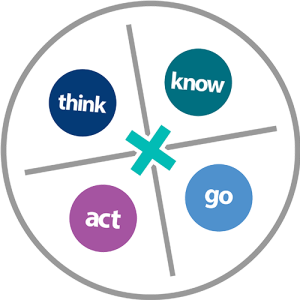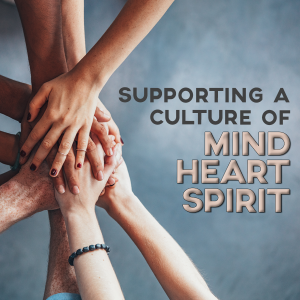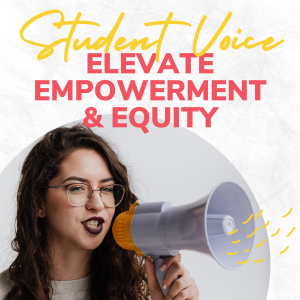[vc_row][vc_column][vc_column_text]
What was the need?
[/vc_column_text][ultimate_spacer height=”5″][vc_column_text]In the late 1990s, Waipahu High School was a struggling school in search of an identity. As a large Title I comprehensive high school, Waipahu struggled to serve all students well, and various indicators found the school lagging behind other schools within the Hawaiian system. [/vc_column_text][ultimate_spacer height=”10″][vc_separator][/vc_column][/vc_row][vc_row][vc_column][vc_column_text]
What did Waipahu do to address the need?
[/vc_column_text][vc_column_text]Waipahu redesigned the school, incorporating career pathways, small learning communities (SLCs), and design thinking as key levers for change. The career pathways and SLC focus was designed to support high levels of student ownership of learning, captured in the school’s motto: “My Voice, My Choice, My Future.” Students at Waipahu enroll in one of six distinct pathways (Arts and Communication, Business Services, Health Services, Industrial Engineering Technology, Natural Resources, or Public and Human Services). [/vc_column_text][ultimate_spacer height=”5″][vc_column_text]As part of the overall shift, Waipahu committed to a project-based learning model that incorporated elements of design thinking. These elements are not only evident in the classroom, but are also used to solve problems and inform decisions for the school as an organization. Through design thinking, the school community shares a language around the critical thinking and problem-solving skills that students need to be ready for college and careers, and the language is reinforced throughout a student’s school day and high school experience. [/vc_column_text][ultimate_spacer height=”5″][vc_column_text]While students self-select distinct pathways, each course and the focus of the school as a whole is built around the concept of design thinking. Design thinking is a circular process including (in order) empathize, define, ideate, prototype, and test. The process of design thinking (Waipahu’s shorthand for it is “d.mindset”) is the curricular backbone in all pathways and is applied in every classroom throughout the year—both daily lessons as well as with long-term projects. [/vc_column_text][ultimate_spacer height=”5″][vc_column_text]This universal language specific to an interconnected set of key cognitive skills serves as a critical feature to an effective instructional program, where student skills are being reinforced every period, every day. This shared language allows Waipahu to address specific learning issues for students in such a way that the intervention work is reinforced within the general classroom setting.[/vc_column_text][ultimate_spacer height=”10″][vc_separator][/vc_column][/vc_row][vc_row][vc_column][vc_column_text]
How’s it working?
[/vc_column_text][ultimate_spacer height=”5″][vc_column_text] Waipahu is one of the most successful high schools in all of Hawaii. The staff attributes the gains over the past fifteen years to a handful of shifts from the late 1990s, though they believe their collective focus on teaching kids to think—through the d.mindsets—the shift that has had the greatest impact. [/vc_column_text][ultimate_spacer height=”10″][vc_separator][/vc_column][/vc_row]
Waipahu is one of the most successful high schools in all of Hawaii. The staff attributes the gains over the past fifteen years to a handful of shifts from the late 1990s, though they believe their collective focus on teaching kids to think—through the d.mindsets—the shift that has had the greatest impact. [/vc_column_text][ultimate_spacer height=”10″][vc_separator][/vc_column][/vc_row]




